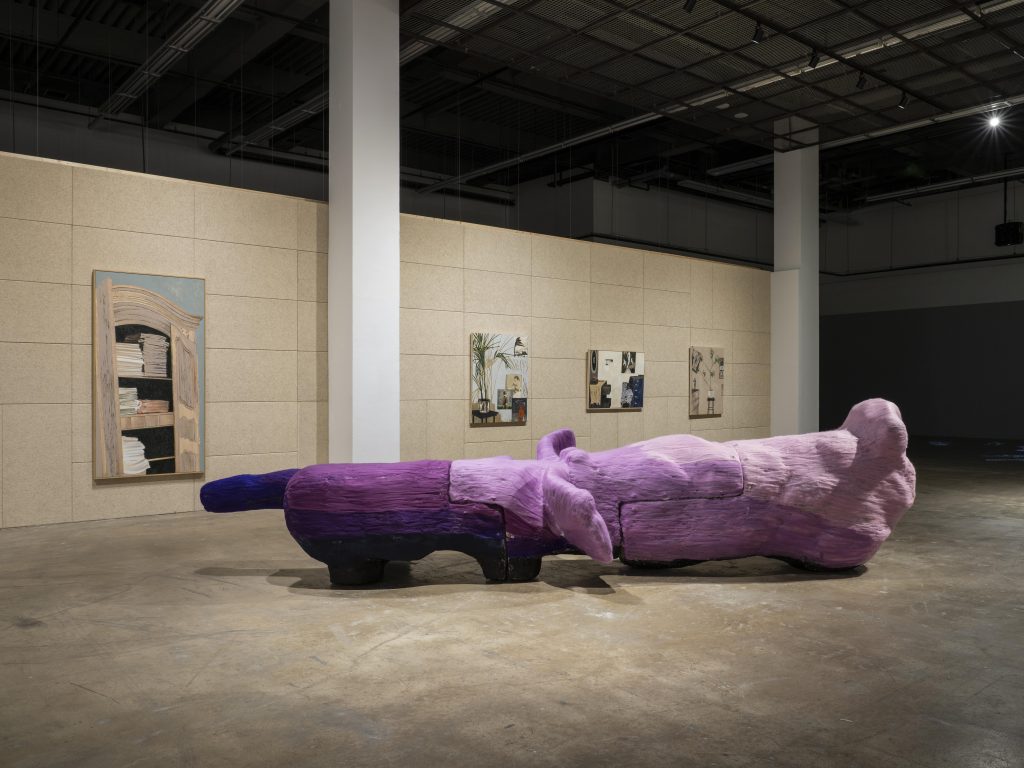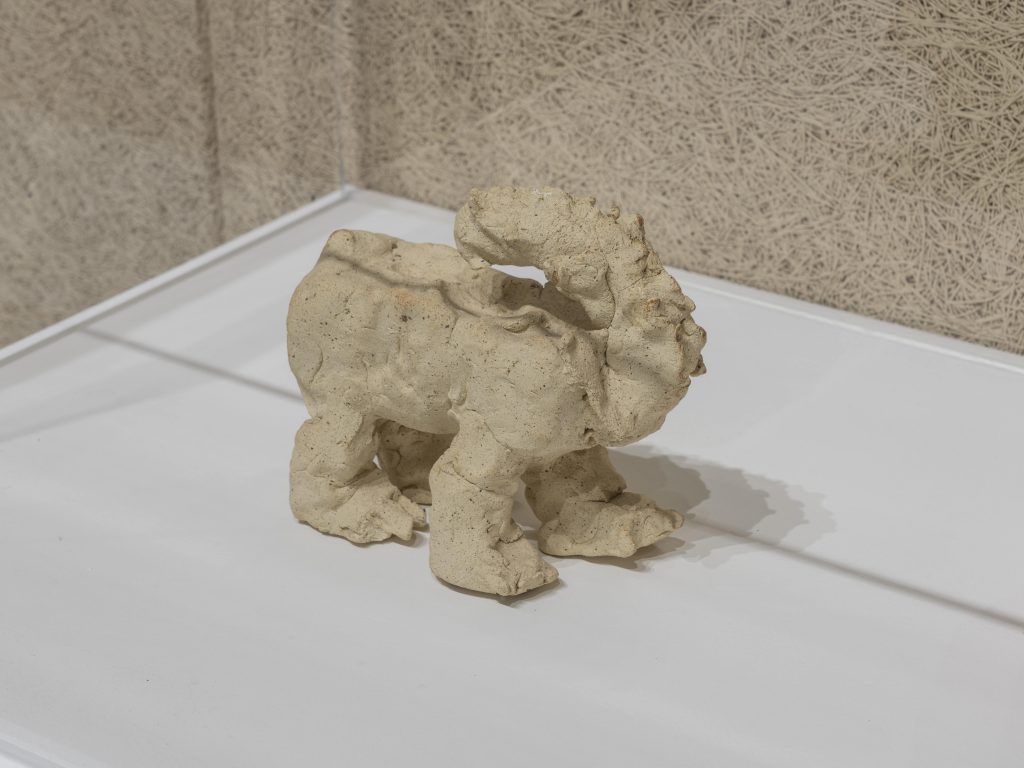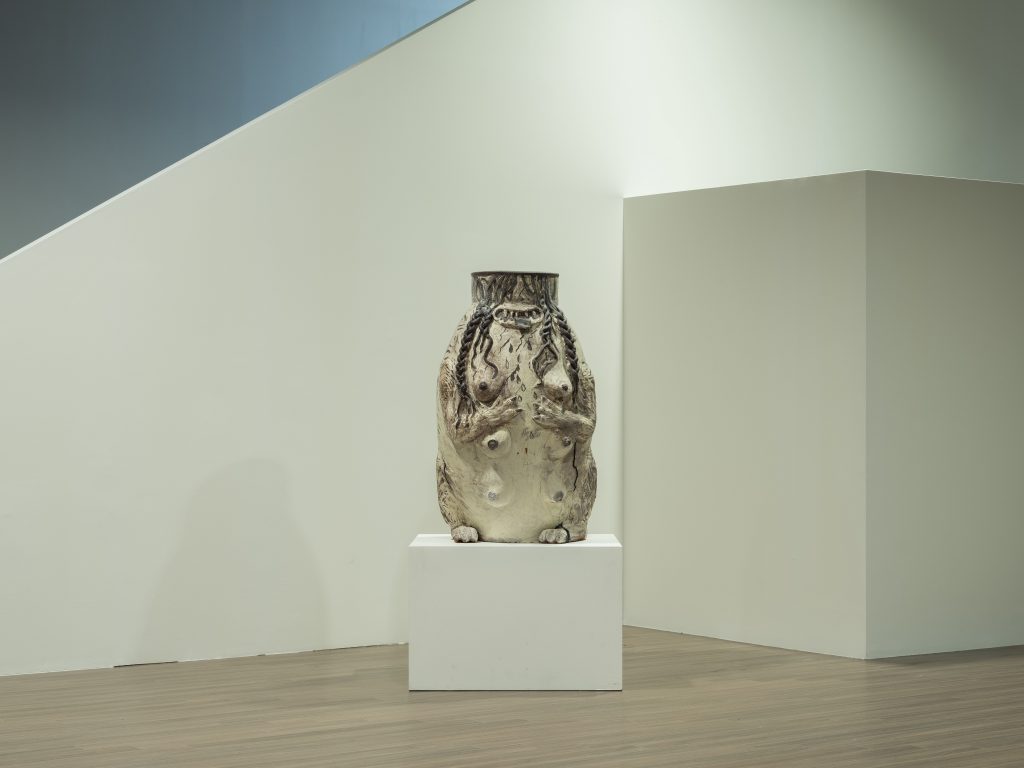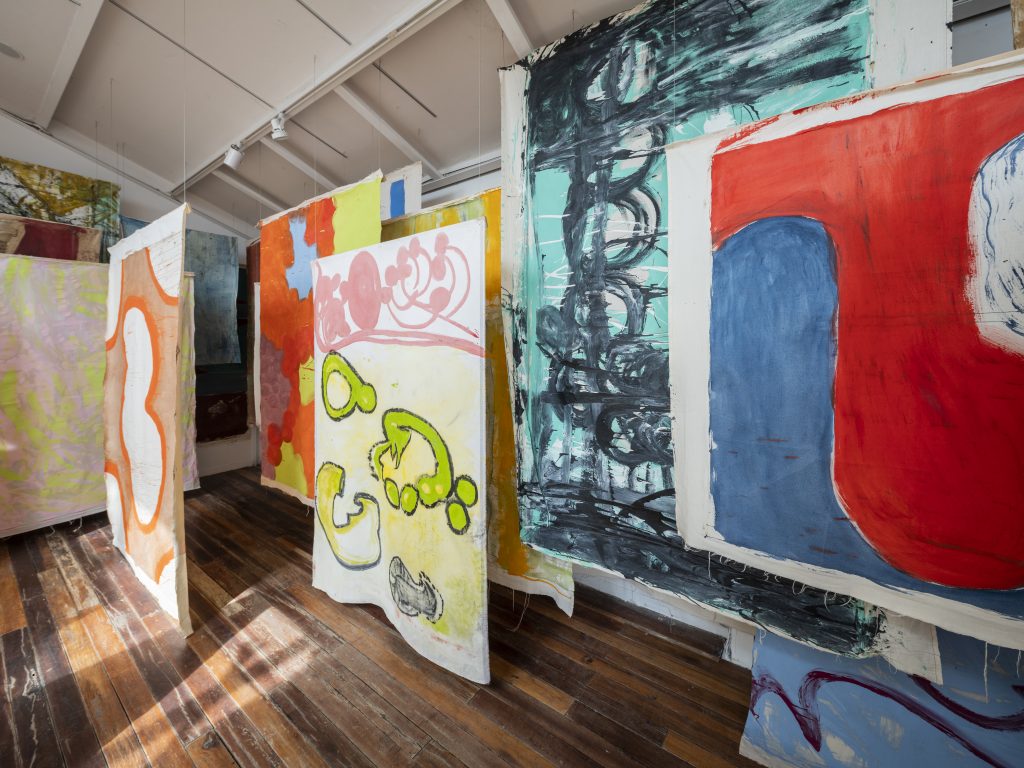5 Ultracontemporary Artists Redefining the Korean Art Landscape
The dynamic South Korean art scene is quickly becoming one of the most prominent globally, blending rich traditions with cutting-edge innovation. And...
Carlotta Mazzoli 13 January 2025
27 April 2023 min Read
Gwangju Biennale is an internationally renowned art exhibition that takes place in Gwangju, South Korea, every two years. Open from 7 April until 9 July 2023, this 14th edition of Asia’s most prestigious art exhibition is titled soft and weak like water.
The theme, inspired by the Chinese classic text Dàodé Jīng (道德经, also known as Tao Te Ching), uses water as a metaphor, force, and method, but also celebrates the idea of power that is not immediate, but rather endures and gently flows across structural divisions and differences. It acknowledges the bringing of change and highlights art’s capacity to inspire the individual and the collective. The transformative power of water reimagines our world as a site of both resistance and coexistence, embracing paradoxes and contradictions.
Under heaven nothing is more soft and yielding than water.
Yet for attacking the solid and strong, nothing is better;Lao Tzu

Oum Jeongsoon, Elephant without Trunk, 2023, installation view at the 14th Gwangju Biennale. Courtesy the artist and Gwangju Biennale Foundation. Photo: glimworkers.
The artistic director of this year’s edition is Sook-Kyung Lee, senior curator of international art at Tate Modern in London. Having a South Korean-born curator with an international network and global presence is a turning point for this Biennale as the last time a Korean-born director had been appointed was in 2006. Lee’s lived experience as an immigrant curator strongly translates into her method of curating which has earned her international recognition. It is one of Gwangju Biennale’s central aims to distribute non-Western art narratives and challenge traditional boundaries, for which Lee is a perfect choice.
I aim to create a message unique to Gwangju based on the spirits of the city and its Biennale, with a commitment to a non-Western perspective. A transformation of relationship between centers and peripheries, truly equal connections and exchanges and a vision for better human communities will all be present.
The Biennale unfolds in 5 venues across the city, presenting the works of overall 79 artists. This subjective selection exhibits 3 exciting artists who are showcasing their works this year and introducing new perspectives for the contemporary art world.

3 Must-See Artists at the 14th Gwangju Biennale: Oum Jeongsoon, Elephant without Trunk, 2023, installation view at the 14th Gwangju Biennale. Courtesy the artist and Gwangju Biennale Foundation. Photo: glimworkers.
Oum Jeongsoon is a Korean artist born in Chungju, South Korea in 1961. Since 1996 she has been pursuing an art project Another Way of Seeing in which she works with visually impaired people. At this year’s opening ceremony, Oum was announced as a winner of the inaugural Gwangju Biennale Park Seo-Bo Art Prize which seeks to acknowledge artists whose works embody the values of the biennial.
Oum recreated the path of the first elephant to come to Korea in the 15th century, a journey that started in Indonesia, passed through Japan, and ended on the Korean island of Jangdo. While retracing that journey, Oum collaborated with visually impaired students in cities en route. Her large-scale fabric installation, Elephant without Trunk (2023), builds upon that experience, presenting enlarged forms of elephants to represent the senses. Oum’s elephants have alternate anatomies based on the understanding of the animals that she learned from her collaborators. Oum used the animals as a metaphor and reinterpreted them from the realities of people with visual impairments. This perspective provides a fresh way of experiencing our tactile, auditory, and olfactory world.

3 Must-See Artists at the 14th Gwangju Biennale: Candice Lin, installation view of Lithium Sex Demons in the Factory, 2023. Commissioned by the 14th Gwangju Biennale and Canal Projects. Courtesy of the artist and Gwangju Biennale Foundation. Photo: glimworkers.
Candice Lin is an interdisciplinary artist living and working in Los Angeles, California. Her multi-sensorial artistic practice involves installation, sculpture, ceramics, and video, often using organic and unconventional materials, reflecting her fascination with the ecological and the vegetal.
In her work commissioned for this year’s Gwangju Biennale Lithium Sex Demons in the Factory, Lin created an installation consisting of traditional Korean ceramic onggi vessels, factory workstations, and a TV screen glazed into a ceramic frame. The video on the screen depicts a ceramic sculpture of an animal-demon who awoke from slumber with a passion to have sex under the influence of lithium.
This story is inspired by Lin’s research on contemporary globalism relating to lithium batteries and reflects the site-specificity of the biennale, as South Korea is one of the biggest lithium battery producers. In her research, Lin came across a phenomenon (observed by anthropologist Aihwa Ong) in Asian women handling lithium in multinational electronics factories, who experienced possession on factory floors. The demon in her video is the personification of this phenomenon. Lin’s curiosity about lithium ceramic glazes led her on a fantastical journey which resulted in these mythological objects embodying stories of desire in sensorial environments.

3 Must-See Artists at the 14th Gwangju Biennale: Vivian Suter, installation view of Untitled, oil paint, pigment, acrylics, and fish glue on canvas, 35 pieces. Supported by Pro Helvetia. Courtesy of the artist and Gwangju Biennale Foundation. Photo: glimworkers.
Born in 1949, Vivian Suter, a Swiss-Argentinian painter, is known for creating immersive installations of hanging paintings. Her work is inspired by the tropical landscapes and the environment surrounding her. Because she works in her open-air studio in Panajachel, Guatemala, her canvases carry the impact of nature—water stains, mud, and dirt, all feature as visual elements of her creative process.
At the 14th Gwangju Biennale, Suter’s artworks are exhibited in Horanggasy Artpolygon, a community-based art venue. The installation, featuring a tree winding around a central pillar of a half-glass structure, seamlessly blends with the natural sunlight filtering the space. It includes a combination of new and existing works displayed at different angles and heights. The canvases create a complex maze evoking the origin of each artwork: the tropical landscapes of Guatemala. By doing so, Suter brilliantly emphasizes art’s relationship with the surrounding nature and environment.
Overall, the 14th Gwangju Biennale is a celebration of the power that gently transcends structural divisions and differences, symbolized by the metaphor of water. Through its theme, the biennial emphasizes that true change may not be immediate, but it can flow persistently, permeating deep into the individual and the collective while inspiring awareness and giving a sense of direction.
By reimagining our natural world as a site of both resistance and coexistence, this art exhibition showcases the capacity of art to inspire, provoke thought, and navigate the complexities of the world. The 14th Gwangju Biennale stands as a testament to the transformative and restorative potential of art in fostering a sense of solidarity, care, and awareness toward our shared planet.
14th Gwangju Biennale: soft and weak like water, South Korea, April 7 – July 9 2023.
DailyArt Magazine needs your support. Every contribution, however big or small, is very valuable for our future. Thanks to it, we will be able to sustain and grow the Magazine. Thank you for your help!